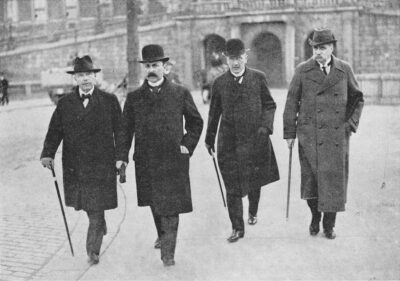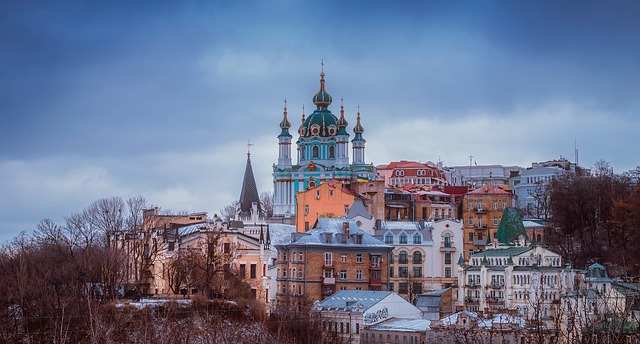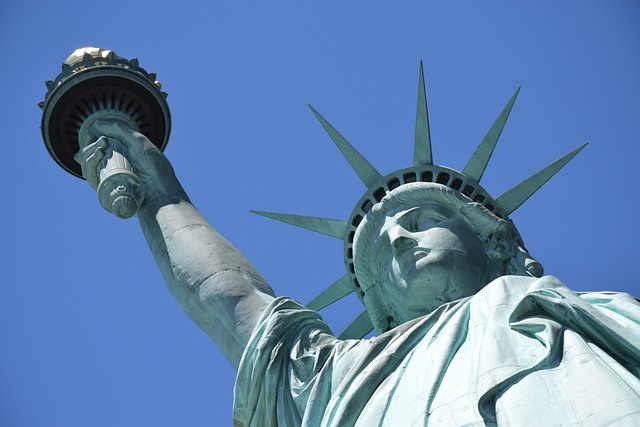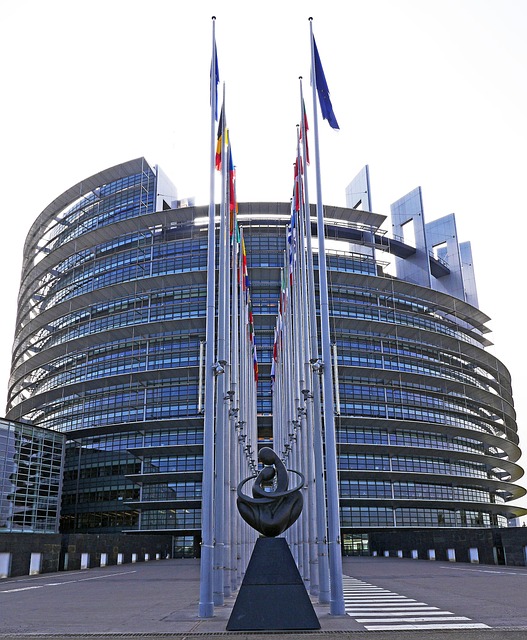
Choosing Sweden’s worst prime minister isn’t easy—there are so many contenders, each with their own unique set of failures. However, after some consideration, I have compiled a list ranking them from 10 to 1. Chronologically, I go back to 1946, excluding earlier prime ministers. Of course, comparing different decades and their respective policies is challenging, but why not give it a try?
10. Ingvar Carlsson (S)
(born 1934) 12 March 1986 – 4 October 1991 and 7 October 1994 – 22 March 1996
A slightly more open and market-orientated Social Democrat, but a Social Democrat nonetheless. The right-wing winds can be attributed partly to the spirit of the times and partly to his finance minister Kjell-Olof Feldt. Taxes began to be cut during his term, which is exceptional for a Social Democratic government. Carlsson inherited the Estonia disaster, which happened a few months before he took office, but the investigations and handling left more questions than answers. Sweden joined the EU after a referendum during his time as prime minister. In economic terms, Carlsson’s first term in office was a good time for Sweden.
9. Tage Erlander (S)
(1901–1985) 11 October 1946 – 14 October 1969
Viewed from today’s perspective, Erlander was more of a centrist than a true social democrat. Sweden remained a wealthy, well-managed role model until the 1960s, largely thanks to the laissez-faire policies initiated in the mid-19th century. However, by the late 1960s, the economy started to falter, with an overheated labour market and excessive wage inflation eroding competitiveness.
Erlander’s mistake was his inability to deal with both wage developments and the radical elements in the party, and he handed over power to one of these, Olof Palme. During Erlander’s tenure, much of Stockholm’s historic city centre was demolished, a consequence of both the modernist zeitgeist and a lack of historical awareness within socialism. To his credit, Sweden likely reached its economic peak under his leadership, though much of the groundwork had been laid long before him.
8. Ola Ullsten (Fp)
(1931–2018) 18 October 1978 – 12 October 1979
Hard to rank, but didn’t do much damage during his short term in office. A lame chapter in Swedish political history, Ullsten didn’t manage to put a spanner in the works of the Social Democratic machine either. Not even a toothpick. He was an advocate of nuclear power and voted in favour of further expansion.
7. Carl Bildt (M)
(born 1949) 4 October 1991 – 7 October 1994
The handling of the 1992 crisis and the hopeless defence of the krona exchange rate led to a poorer Sweden and several years of recession. In his favour, the tax burden was reduced during his term of office, and pro-market reforms were implemented.
Bildt is an alarmist, whether it’s about submarines in the archipelago, the millennium problem, the Ukrainian war, etc. And he is often wrong. As well as various controversial deals with Russian oil companies, and ventures in Sudan. He is in favour of Turkish EU membership. Bildt has a large network and many international assignments.
6. Göran Persson (S)
(born 1949) 22 March 1996 – 6 October 2006
A solid prime minister on the whole, but nevertheless a representative of the Social Democratic model of confiscatory state power and nanny-state-politics. The holes in the ship shone through in the handling of the Tsunami crisis in Thailand where many Swedes lost their lives, and the help from the Swedish state was sometimes lame and sometimes non-existent, despite all the talk of solidarity and the high tax pressure his party has implemented over the years. Often accused of impoverishing the Swedish pension system, via transfers to the treasury, the two nuclear reactors at the Barsebäck nuclear power plant were closed under Persson, and immigration picked up further at the end of his term. Economically, it was a good time in Sweden.
5. Fredrik Reinfeldt (M)
(born 1965) 6 October 2006 – 3 October 2014
Reinfeldt disappointed his centre-right voters by failing to pursue a genuinely conservative agenda. Tax cuts were limited, and significant reforms were absent, leaving the social democratic framework largely intact. During his time in office, uncontrolled migration increased—a trend that would escalate further under Löfven. Reinfeldt was often criticised for disregarding voters and adopting a condescending attitude towards the public. The economy was relatively strong at the beginning of his term.
4. Thorbjörn Fälldin (C)
(1926–2016) 8 October 1976 – 18 October 1978 and 12 October 1979 – 8 October 1982
Fälldin had the opportunity to break with the high tax policy of his predecessor, Palme, and start a new course, but such initiatives were never taken. Compare with Margaret Thatcher who turned the ship around and contributed to a more pro-market and prosperous Britain. Fälldin thus remains one of the architects of the Swedish high-tax society. Also a zealous opponent of nuclear power. Often described as a centrist, but in Sweden the ‘centre’ seems surprisingly far to the left.
3. Magdalena Andersson (S)
(born 1967) 30 November 2021 – 18 October 2022
The only reason Andersson is not even higher up is that she was prime minister for such a short time. An uncharismatic and incompetent prime minister who did not do the citizens’ business. She brought the country into NATO without a referendum. Sweden has successfully avoided two world wars with its unique policy of neutrality, which has now been abandoned without further debate. Add to this that she appears to be a poor speaker, choleric and slippery.
2. Olof Palme (S)
(1927–1986) 14 October 1969 – 8 October 1976 and 8 October 1982 – 28 February 1986
Under Palme’s leadership, the foundations of the Swedish high-tax society were laid; before that, Sweden was a more normal country in economic terms. The oil crisis that started in 1970 contributed to shipyard closures and industrial death. The high taxes were supposed to finance the social safety net for all the unemployed; however, when the economy turned around, taxes were not reduced back to the original levels.
The high tax burden gave politicians more leeway for extensive social experimentation. It was during this period that the foundations were laid for future mismanagement, with challenges such as migration problems, benefit fraud, financial waste and other structural weaknesses. The new form of government adopted in 1974 simplified socialist reform efforts. Many of the problems that characterise Sweden today can be traced back to Palme’s time as prime minister.
1. Stefan Löfven (S)
(born 1957) 3 October 2014 – 30 November 2021
And finally, the worst-ranked prime minister. Stefan Löfven was in power during the migration crisis and the time before gang crime really took hold. Although he could see where things were heading, he chose not to intervene. During his term in office, there was still a chance to stop and reverse the negative trend, but that chance was missed.
Under Löfven’s government, two out of three reactors at the Oskarshamn nuclear power plant were closed in 2017, and two out of four reactors at the Ringhals nuclear power plant in 2019 and 2020. These decisions contributed directly to Sweden’s energy crisis and the sharp increase in electricity prices, with strong negative effects for both citizens and businesses.
Löfven emerged as a prime minister who did not prioritise the interests of Swedish citizens. He lacked charisma, was a weak speaker, and often gave the impression of lacking sufficient energy and knowledge to deal with the country’s acute problems.







